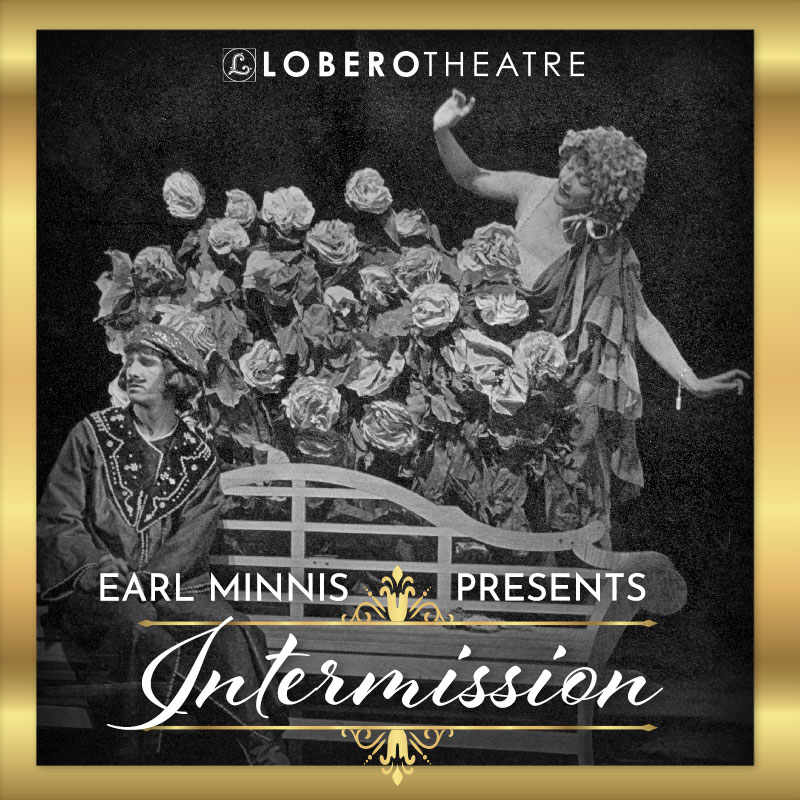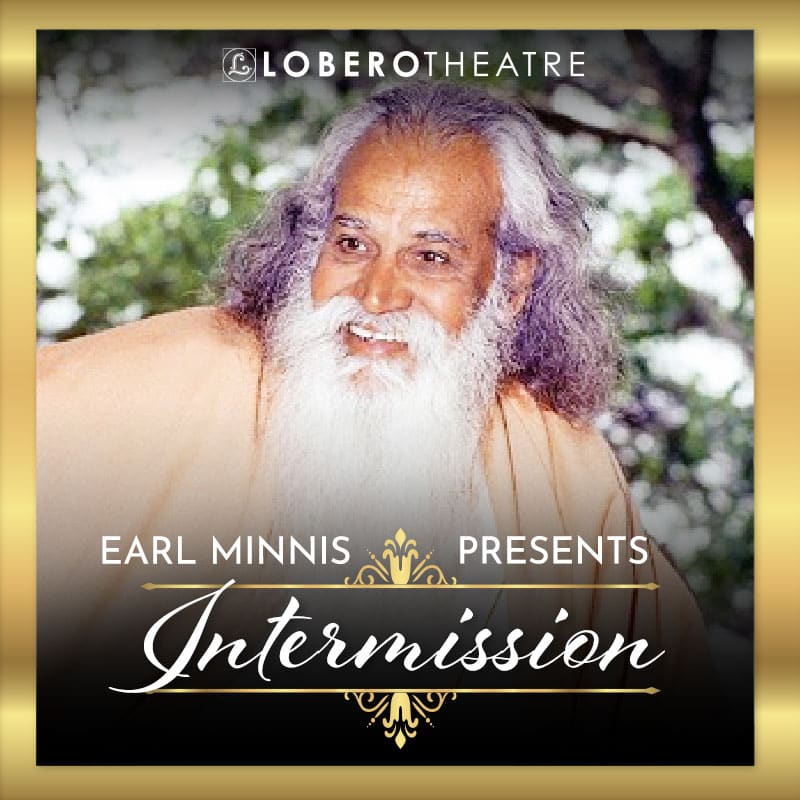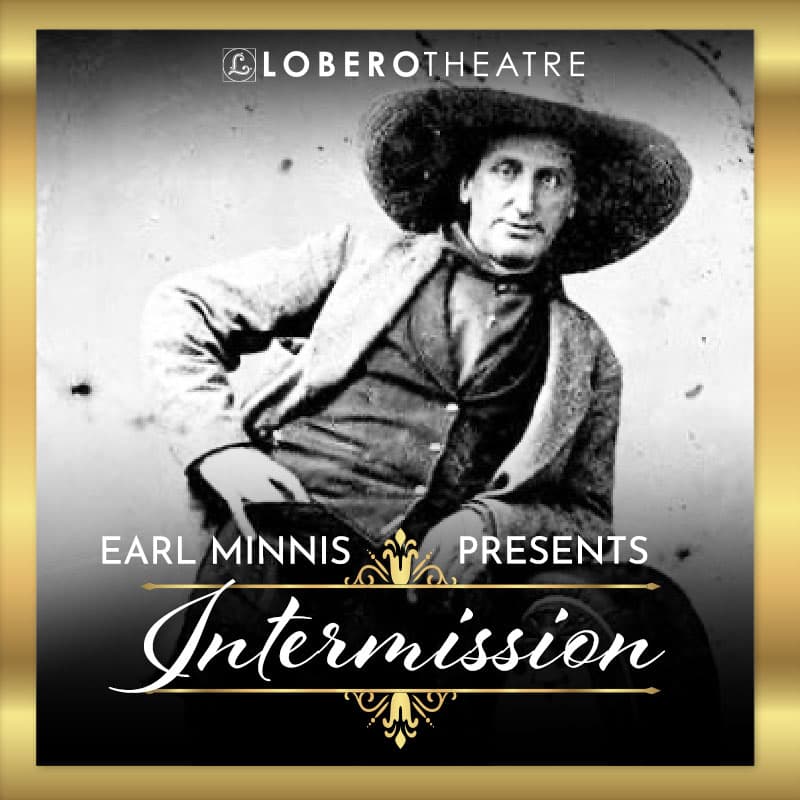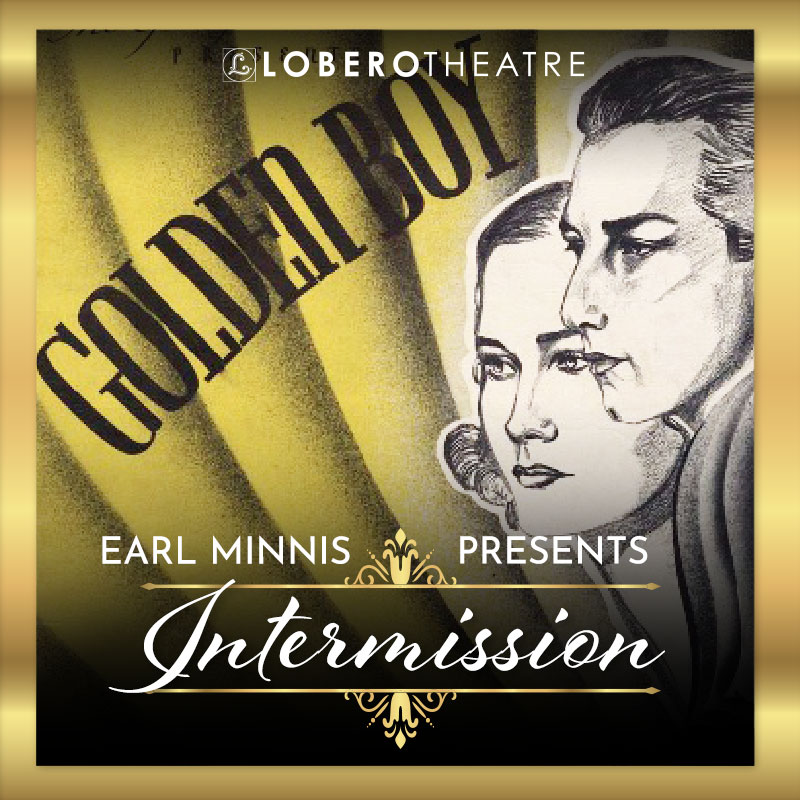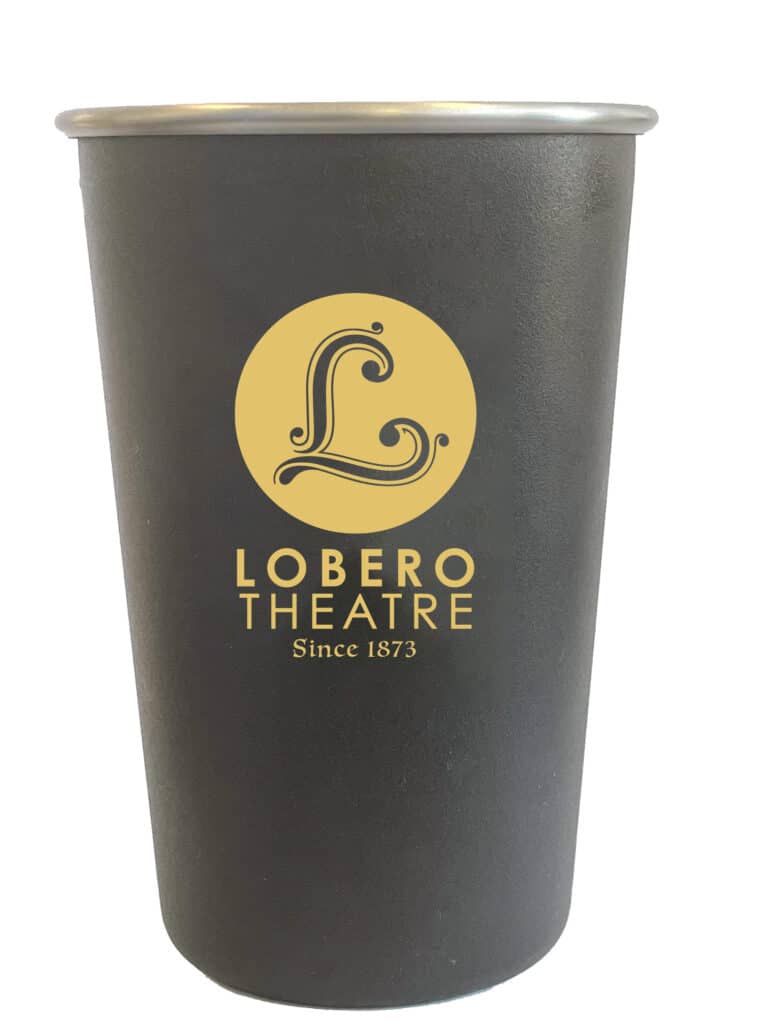On August 4, 1924, the new Lobero Theatre was finally opened with the off-Broadway premiere of an audacious play about a dream called Beggar on Horseback.
It was an appropriate choice – as the new Lobero itself was a dream realized. In 1916, the lights had been turned off at the old Lobero Opera House and it had taken 8 years and $200,000 in community fundraising before the Lobero was reborn as a George Washington Smith designed Spanish revival community theater.
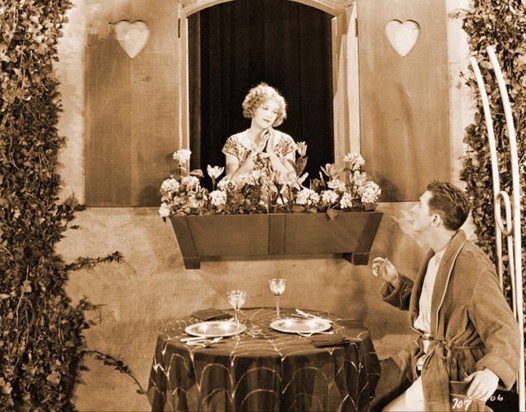
To inaugurate the new theater, the Lobero’s owner – the Community Arts Association – at first hoped to find a suitable Spanish / Old California-themed play. Failing this, a committee led by talented director Nina Moise settled on a play that was having record-breaking success in New York.
Beggar on Horseback was a wildly creative, satirical comedy written by George S. Kaufman and Marc Connelly. The play is a parable about trading one’s artistic talents for financial gain and features a young composer who is tempted to marry for money. One night, while working on a musical score, he falls asleep and has a surreal, “Alice In Wonderland-like” dream/nightmare of his life as the husband of a rich woman.
Beggar on Horseback was enjoying a successful run in New York when permission was granted by the play’s producer and part-time Santa Barbara resident, Winthrop Ames, to run the play concurrently at the new Lobero. The play was scheduled to run for two weeks starting August 4, with opening night also serving as the inaugural event of a new community summer celebration called “Old Spanish Days Fiesta.”
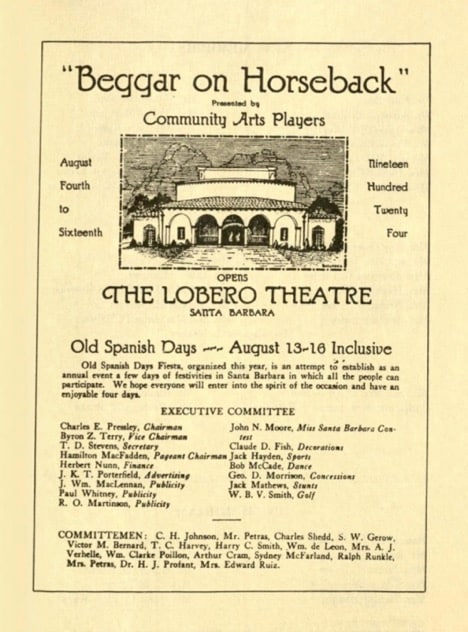
As historian Hattie Beresford wrote, “On August 3, two masked men on horseback – one in the costume of a Spanish caballero and the other in rags – rode the streets of Santa Barbara advertising the opening play at the Lobero the following night. Since the Lobero had only 670 seats, the first night’s audience consisted of the people who made the theatre a brick and concrete possibility – the stockholders of the Lobero Theatre Company. The next two nights were reserved for members of the Community Arts Association, and then the doors were opened to the general public.”
Beggar on Horseback was an extremely challenging play to produce, especially at a brand-new theater. The play was directed by Nina Moise and required twenty professional stagehands to build and maintain the set. All told there were nineteen individuals who assisted in costumes and stage decorations, and the cast consisted of sixteen men and five women. Ticket prices for the Lobero play started at fifty cents and went up to $2.00 for premium seats.
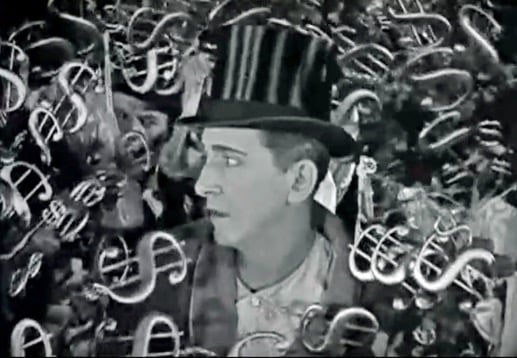
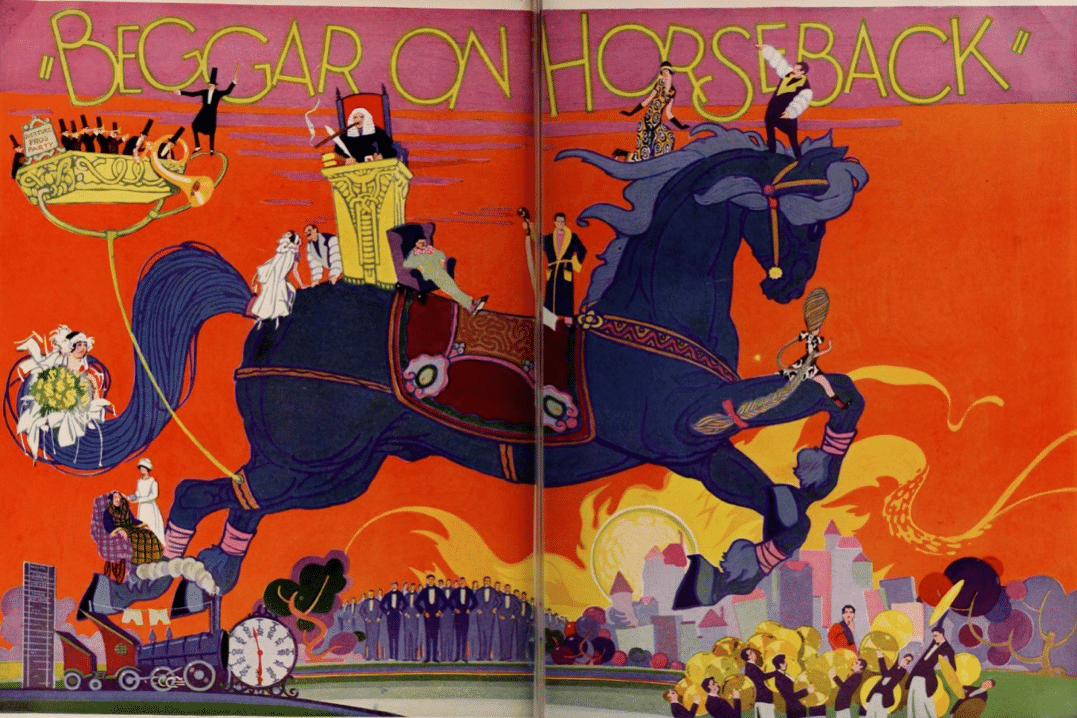
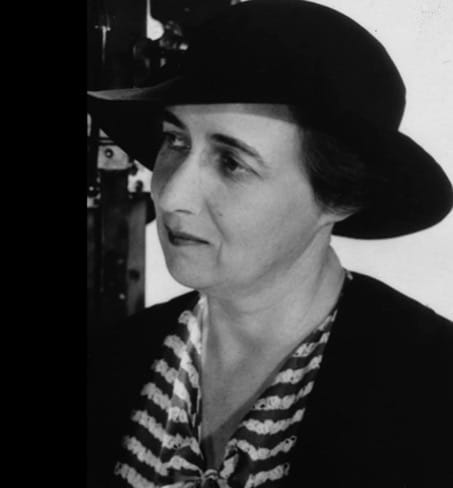
Sources:
- https://en.wikipedia.org/wiki/Beggar_on_Horseback
- Hattie Beresford “The Way it Was” in the Montecito Journal
- https://www.imdb.com/title/tt0015612/mediaindex?ref_=tt_mv_close
